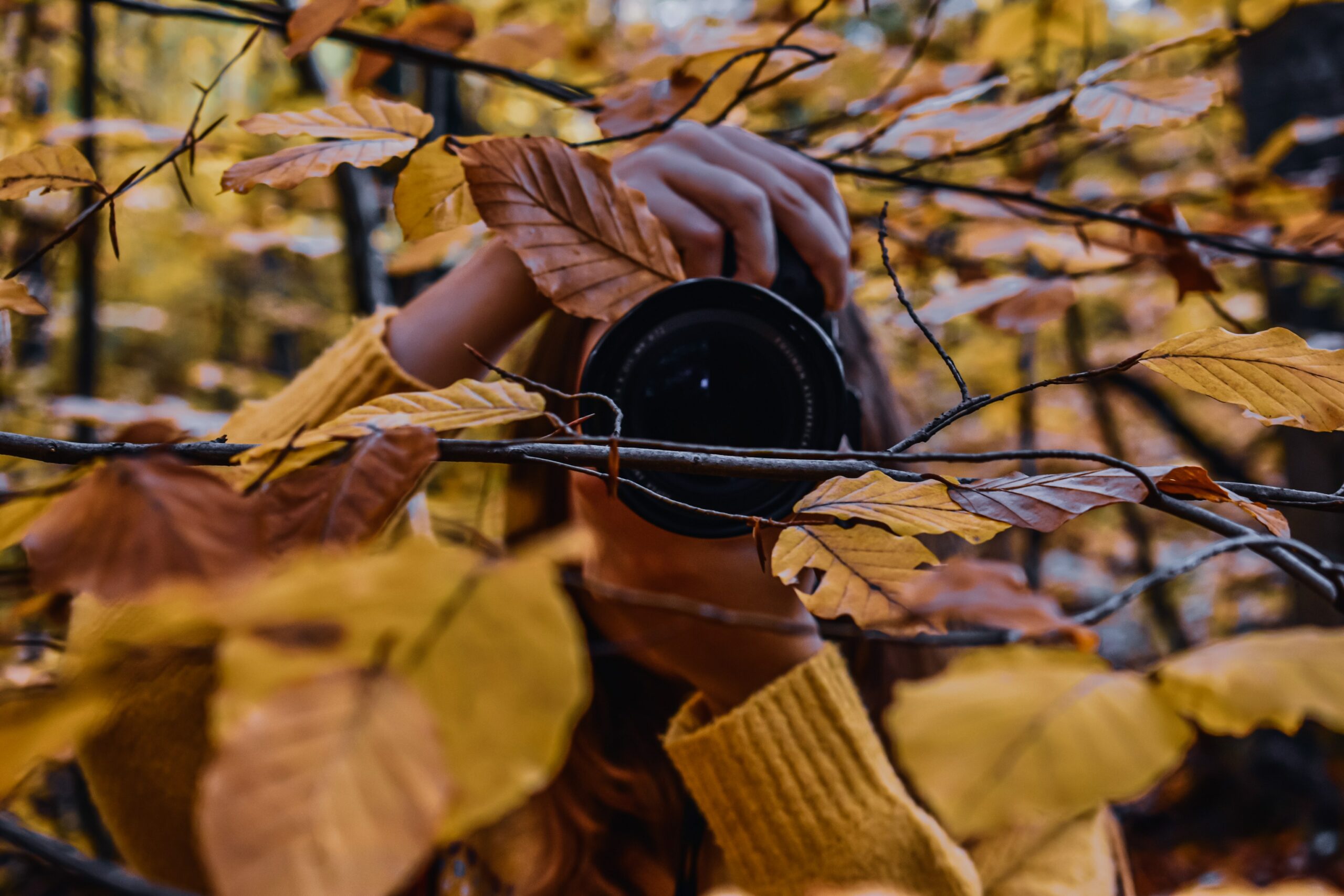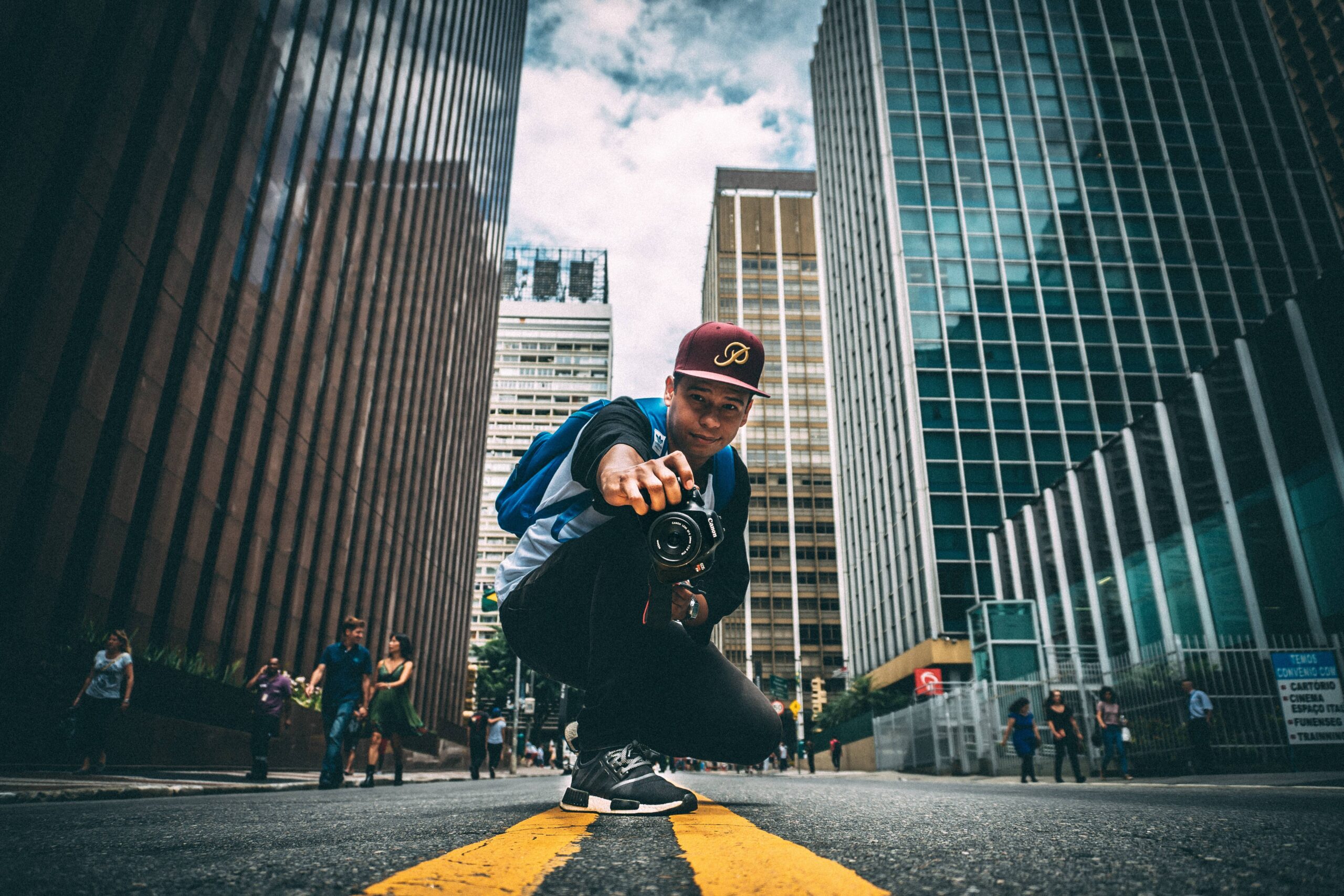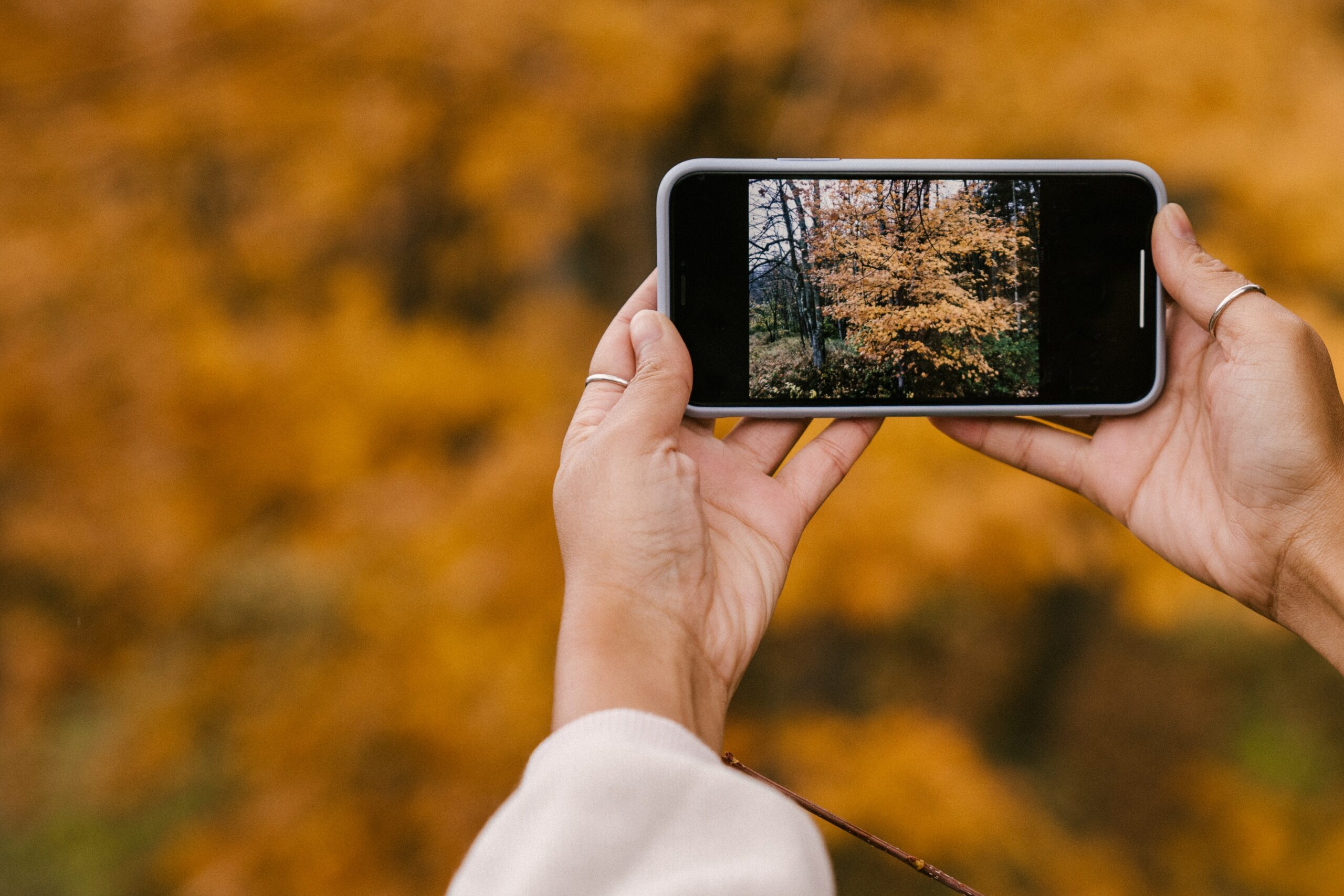Have you ever been mesmerized by a photograph that seems to glow from within? That’s the magic of lightbox photography. This technique involves backlighting your subject through a translucent surface, creating a dreamy and ethereal effect that can elevate your photos to a whole new level.
If you’re interested in trying out lightbox photography, you’re in luck. It’s a relatively simple and affordable technique that can be done with just a few basic tools. In this blog, we’ll go through the process of creating your own lightbox and offer tips for capturing stunning photos with this technique.
To capture the perfect shot, lighting plays an important role and can define the picture completely, and to achieve that, it is necessary to understand how lighting works. Whether you are a newbie or a professional photographer it is essential to understand the mechanics of light. A light box, the most common photographic equipment, is used in this case.
This blog will fuel you up on the concept of light boxes and how to spice up your photos. We will also glide through the different types and the benefits of using it. We will also provide tips on how to choose the right lightbox, lighting techniques for lightbox photography, and how to use a lightbox for product and macro photography.
What is a Lightbox?
A lightbox is a simple tool used to create a controlled lighting environment for photography. It is essentially a small, enclosed box with translucent sides that allow light to pass through. The light is usually provided by a set of LED lights that are built into the box or placed outside of it. The purpose of a lightbox is to provide consistent, diffused lighting that eliminates harsh shadows and produces bright, sharp images.
There are different types of lightboxes available, ranging from DIY options to professional-grade models. DIY lightboxes are made with cheap reusable materials like cardboard boxes or boards and are made to fit personal needs. Professional-grade lightboxes are made from more durable and good-quality materials, which come in adjustable sizes and built-in LEDs where the brightness can be tweaked.
Benefits of Using a Lightbox
Using a lightbox for photography provides several benefits, including consistent lighting, increased sharpness, and reduced shadows. Consistent lighting is essential for product photography, where it is necessary to showcase the product’s details and features. With a lightbox, you can ensure that your product shots have the same lighting, making them more professional-looking and attractive.
Lightboxes also help increase sharpness by diffusing light, reducing harsh shadows and providing a more even spread of light. Thus we get more visually pleasing images to look at. Lightboxes are also great for reducing shadows, making it easier to achieve a more even lighting setup. This is especially important when shooting products with reflective surfaces or intricate details.
In addition to product photography, lightboxes can be used for a variety of genres, including macro photography, where it is essential to capture fine details and textures.
Choosing the Right Lightbox
Firstly make sure to consider your needs and the budget. The first factor to consider is size, as lightboxes come in various sizes to accommodate different photography needs. If you plan on photographing large products or items, you may need a larger lightbox
Some lightboxes come with built-in LED lights, while others require separate lighting equipment. Built-in lighting is more convenient, but separate lighting equipment provides more flexibility in terms of adjusting the light output.
Accessories are also an important factor to consider when choosing a lightbox. Certain lightboxes come with interchangeable backgrounds while some come with a fixed one, whether black or white. Other accessories to consider include reflectors, diffusers, and colour gels.
Lighting Techniques for Lightbox Photography
Backlighting is a popular lighting technique that involves placing the light source behind the subject. When used with a lightbox, backlighting can create a bright and luminous effect, highlighting the subject’s shape and details. To achieve this effect, place a light source behind the lightbox, such as a lamp or a flash, and adjust the intensity and angle of the light to achieve the desired effect. Experiment with different subjects, such as flowers or leaves, to create a vibrant and dynamic image.
Diffused lighting is a technique that involves softening the light source to create a more even and natural light. When used with a lightbox, diffused lighting can help reduce harsh shadows and create a smooth and consistent look. One way to achieve this effect is to use a diffusion material, such as a white sheet or a piece of paper, to cover the light source. This will soften the light and create a more flattering and natural look.
Coloured gels are a fun and creative way to add colour and dimension to your lightbox photography. Coloured gels are thin sheets of plastic that can be placed over the light source to create a specific colour. This technique can be used to create a warm or cool tone to the image or to highlight specific elements of the subject. Experiment with different coloured gels to find the right balance and create a unique and eye-catching image.
Using a Lightbox for Product Photography
Product photography is an important aspect of e-commerce and marketing, and using a lightbox can help showcase a product’s features and details in a professional and visually appealing way.
- Choosing the right lightbox When it comes to product photography, choosing the right lightbox is essential. Look for a lightbox that is large enough to accommodate the product and has adjustable lighting to create different effects. A lightbox with a white background is a good option for product photography, as it will create a clean and consistent look.
- Positioning the product When positioning the product, think about the angle and perspective that will best showcase its features and details. Experiment with different angles and heights to find the most flattering position. Use props, such as a stand or a piece of fabric, to create a more dynamic and interesting composition.
- Lighting the product When lighting the product, aim for a consistent and even light. Use diffused lighting to soften shadows and create a smooth and natural look. Backlighting can also be used to create a bright and luminous effect. Experiment with different lighting techniques and angles to find the right balance and create a visually striking image.
Using a Lightbox for Macro Photography
Macro photography is all about capturing the intricate details and textures of small objects. Using a lightbox can help to enhance these details and create stunning, artistic shots.
One technique for using a lightbox in macro photography is to position the object on a translucent surface, such as a sheet of glass or acrylic. This allows light to pass through the object and create a soft, diffused effect. By placing a lightbox underneath the surface, you can illuminate the object from below and enhance its details.
Another technique is to use the lightbox as a backdrop. By placing the lightbox behind the object and positioning the camera in front, you can create a bright, glowing effect that highlights the object’s shape and texture. This technique works particularly well with objects that have translucent or reflective surfaces, such as crystals or glass.
It’s also possible to use coloured gels with the lightbox to create interesting effects. By placing a coloured gel over the light source, you can create a colourful, dramatic background that complements the object. This technique works particularly well with flowers and other natural objects.
Let’s take a look at some examples of macro photography using a lightbox:
- A close-up shot of a butterfly’s wing, captured on a translucent surface with a lightbox underneath. The lightbox enhances the delicate textures of the wing and creates a soft, diffused effect.
- A shot of a small crystal, captured with a lightbox behind it. The lightbox creates a bright, glowing effect that highlights the crystal’s shape and texture.
- A shot of a flower, captured with a coloured gel over the lightbox. The pink background complements the flower’s colours and creates a vibrant, eye-catching effect.
Tips and Tricks for Lightbox Photography
- Experiment with different lighting setups. The placement and focus of the light can affect your final image, so make sure to play around with the configurations and find the best suitable one.
- Don’t be afraid to use props. Adding in other objects, such as flowers or leaves, can help to create a more dynamic composition and add interest to the shot.
- Use a tripod. When shooting in a lightbox, even small movements can have a big impact on the final result. Using a tripod will help to keep your camera steady and ensure sharp, crisp shots.
- Play around with camera settings. Change the camera settings to best suit your lighting.
- Consider the background. The background can make or break a shot, so it’s important to choose one that complements your subject. You can use coloured gels or other backdrops to create interesting effects or keep it simple with a neutral white or black background.
Final thoughts
In conclusion, lightbox photography can be a game-changer for capturing stunning and high-quality photos. It offers many benefits such as consistent lighting, reduced shadows, and increased sharpness, making it a great tool for product and macro photography. By showcasing specific lighting techniques and providing tips and tricks, this post has provided a comprehensive guide to help photographers get the most out of their lightbox. We encourage readers to experiment with different techniques and backgrounds to create unique and eye-catching shots.



